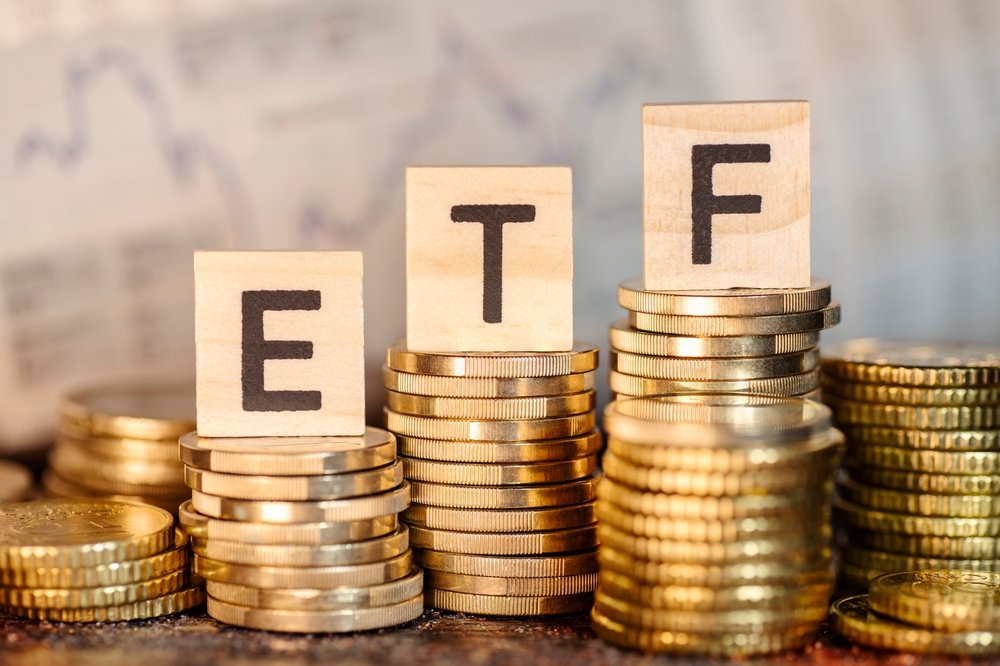As active exchange-traded funds (ETFs) continue to gain traction in the global investment ecosystem, institutional investors are increasingly evaluating their role in portfolio construction. Offering a blend of active management and ETF structure, active ETFs are marketed as the best of both worlds. But beneath the surface, they present a nuanced proposition that warrants careful consideration.
At the heart of active ETFs is the prospect of alpha generation – an attribute long favoured by institutional allocators. In contrast to passive ETFs, which are bound to track an index, active ETFs empower portfolio managers to navigate shifting market conditions, exploit inefficiencies, and apply discretionary insights. For institutions operating in volatile or opaque markets, this discretion is especially valuable.
Moreover, the ETF wrapper delivers daily liquidity and real-time pricing. For large-scale investors, this facilitates tactical asset allocation, efficient rebalancing, and intraday execution, often with lower transaction costs than comparable mutual fund structures.
The ETF model also supports scalability, particularly in US equity and fixed income markets, where creation/redemption mechanisms help manage large inflows and outflows.
Structural innovation has further expanded the appeal. The SEC’s approval of non-transparent and semi-transparent active ETF models has addressed prior concerns about strategy leakage. Active managers can now shield intellectual property while still operating within the ETF framework. This development has unlocked participation from high-profile asset managers previously hesitant to expose their proprietary positioning.
Nonetheless, institutional investors must approach active ETFs with the same rigour applied to any other mandate. Despite the wrapper, the underlying challenge remains unchanged: consistent outperformance is rare. The empirical record shows that a significant proportion of active managers fail to beat their benchmarks over meaningful time horizons, even before accounting for fees and taxes.
While active ETFs typically carry lower expense ratios than their mutual fund counterparts, they still incur higher costs than passive ETFs. For institutions managing performance against strict mandates or fee budgets, this cost differential must be justified through demonstrable return, something that remains elusive in many categories, particularly large-cap US equities.
Transparency, though evolving, is not without trade-offs. Reduced disclosure – while protecting intellectual property – can limit the ability of institutional risk systems to accurately model exposures, track factor concentrations or meet compliance obligations. This is particularly relevant for large fiduciaries with rigorous due diligence requirements.
Additionally, concerns around liquidity persist. Though the ETF itself trades on an exchange, the liquidity of the underlying assets governs the fund’s true capacity. In stressed markets, this can result in dislocations between trading prices and net asset values, especially for ETFs holding credit instruments, emerging markets, or small-cap securities.
Active ETFs represent a meaningful evolution in investment vehicle design — particularly for institutions seeking to combine alpha potential with the structural advantages of ETFs. However, they are tools, not panaceas. Effective deployment depends on a clear understanding of the manager’s strategy, cost-benefit analysis, and integration with existing portfolio infrastructure.
For institutional investors, the value of active ETFs lies not in novelty, but in their strategic fit within a broader, purpose-driven investment framework.
This piece forms the introduction to a special report, Silver Anniversary, Golden Opportunities, produced in association with US Bank to celebrate a quarter century of ETFs in Europe. A page-turner version of the report, which includes reports on a roundtable on ETFs, is available by clicking here.

